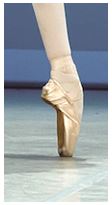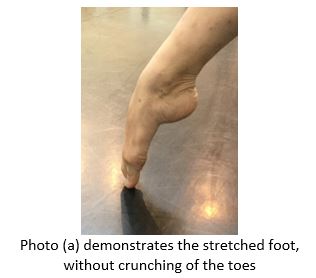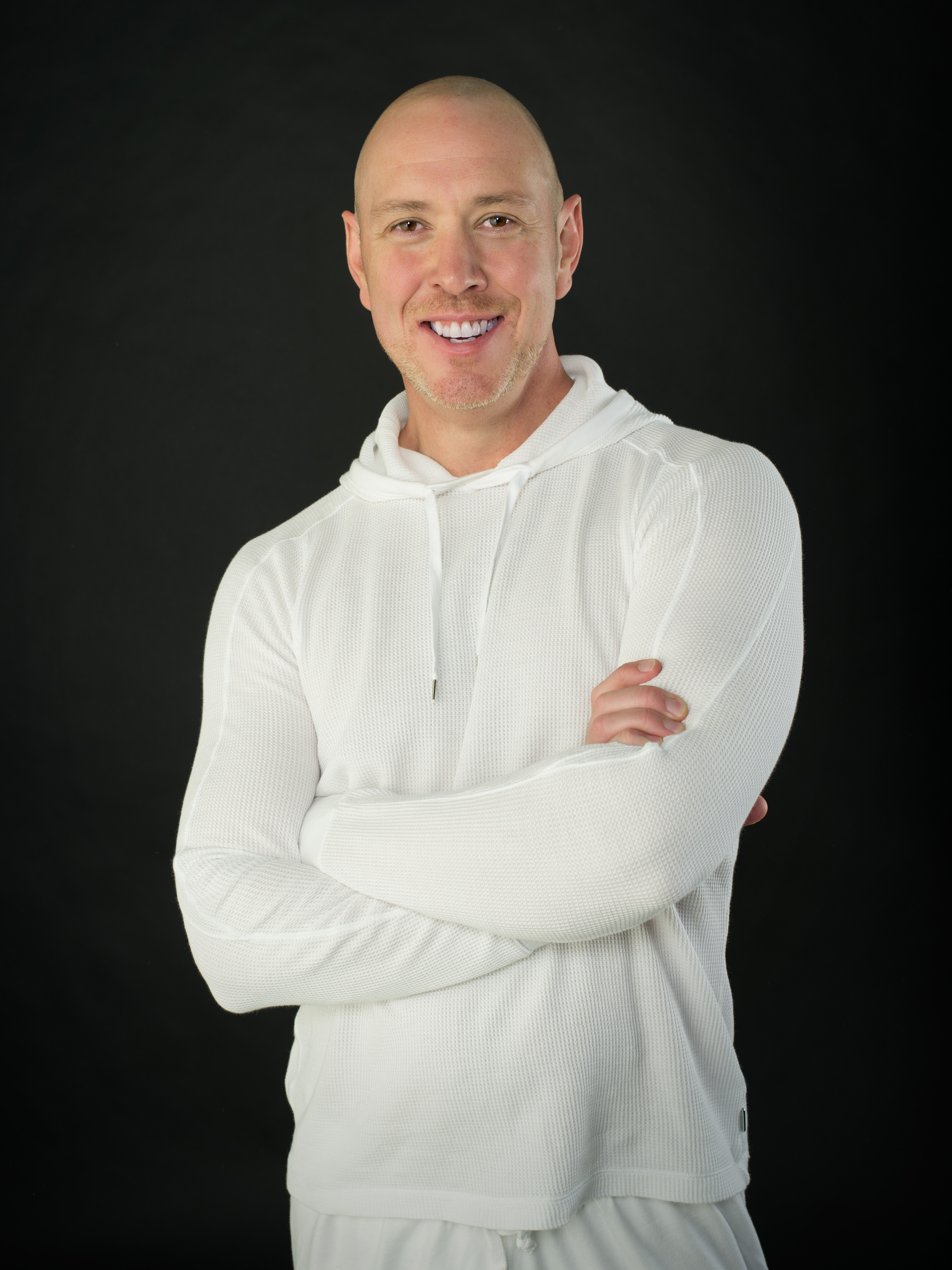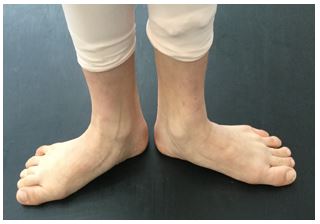Blog
Introducing the knee: Anatomy and biomechanics
Authors: Elsa Urmston and Jonathan George on behalf of the IADMS Education Committee
As dancers, educators and clinicians, we know that knees cope with a lot! Over the last decade or so, the demands placed on the dancer’s body has increased exponentially and ever more complexly. Acrobatic movement is becoming evident and the effect to the joints of the limbs can often mean greater incidence of injury. As Liane Simmel points out “pirouettes on the knees, knee drops, and even a plié in fourth position require particular leg stability and optimal mobility in the knee.”1 In reviewing the literature, Russell2 identifies the lower extremity to repeatedly be the most commonly injured region of the body amongst dancers.
Read ArticleSnapping Hip Syndrome
Author: Janine Bryant on behalf of the IADMS Education Committee
Do your dancers ever say, ‘My hip snaps or pops when I do grand battement or developpe´ devant or a´ la seconde’? The snap sometimes presents with pain but sometimes not, and happens either on the up phase or down phase of the movement. Dancers might also notice decreased range of motion through multiple planes of movement.
Read ArticleStudent Events at the 2016 Conference in Hong Kong
Our Annual Conference is fast approaching and there are some exciting student events this year!
Read ArticleStretching the Point: Part 2
Authors: Gabrielle Davidson and Maggie Lorraine on behalf of the IADMS Education Committee
In Part 1 of “Stretching the Pointe” we discussed some issues that may arise as a result of incorrect use of the foot and faulty foot alignment in training. Anatomical information about the foot is available in previous blog posts. In discussing the foot and the dancer, there are a few specific injuries and conditions that need to be taken into account to further strengthen the argument for ensuring correct alignment and muscle activation when teaching young dancers how to pointe their feet.
Read ArticleStretching the Point: Part 1
Author: Maggie Lorraine on behalf of the IADMS Education Committee
Learning how to bend the knees and point the feet may be the first movements that dance students learn. It is sobering to consider that both of these movements are potentially harmful if not executed correctly and practiced in perfect alignment. Experienced teachers of children and young people often notice that by encouraging students to “stretch” their feet rather than “point”, they are less likely to crunch their toes. Crunching results in a “shortened” line of the foot. On the other hand, “stretching” encourages the students to lengthen the leg through to the ankle and arch of the foot. Anatomically speaking we are talking here about plantarflexion of the ankle of course, although this actual term is seldom used in a teaching context.
Read ArticlePutting on a Conference: An Interview with IADMS Day for Teachers organizer Brenton Surgenor
A Day for Teachers is an important part of the annual IADMS programme. This popular event evolves year by year depending on where it is and who is organizing it. To find out exactly how the programme is developed I sat down with this year’s organizer, Brenton Surgenor, to find out what makes A Day for Teacher Hong Kong unique.
Read ArticlePutting on a Conference: An Interview with the IADMS Program Committee Chair Alexander McKinven
Alexander McKinven is the IADMS Program Committee Chair and works year-round to prepare for the IADMS Conference. Here are his answers to a few questions we had about what goes into planning a conference.
Read ArticleGetting ready for the conference: Students and Young Professionals
The annual conference is fast approaching and it’s time to start making plans. This year the exciting city of Wanchai, Hong Kong will be on the map as the second Asian location for the meeting to be held. Here are a few things we’ve been thinking about in preparation for heading to the tropical paradise in a cosmopolitan city, which happens to have the highest density of 7-Eleven shops in the world AND the world’s largest collection of skyscrapers…
Read ArticleFoot Injuries in Dancers. Are they preventable?
Author: Maggie Lorraine on behalf of the IADMS Education Committee
Perfecting the art of dance requires long hours of intensive training over many years with constant repetitions of exercises to refine and perfect the execution of sequences and movements. Dance places high demands on the body and for this reason professional dance training institutions often include physique testing, conducted by the resident physiotherapist as part of the audition process. Subsequently even the physiques that are deemed “ideal” for training at a pre professional level are at risk of injury as a result of faulty alignment and technique. In recent years the quest for greater virtuosity in performance has added an extra layer of risk to the aspiring young dancer who is hoping to achieve a career in dance. Issues such as more intrusive stretching techniques to achieve higher extensions of the leg, bigger and higher jumps with added complexity, more virtuosic turns and particularly greater engagement of the spine in movement. These trends have all added to the necessity for dance teachers to have a comprehensive knowledge of human anatomy, physiology and kinesiology. This knowledge will give teachers the information to guide their students to reach their full potential and to avoid sustaining injuries.
Read ArticleCaring for bony injury demystified!
Author: Meredith Butulis
Welcome to Part Three of our three part series on muscle, ligament, and bone injuries. We will explore some common myths and how you can use current evidence to efficiently return to optimal performance. This month we will explore bony injuries.
Read Article- IADMS 34th Annual Conference - Experience Point of View: Jennifer Milner
- IADMS 34th Annual Conference - Experience Point of View: Joanna Nicholas
- IADMS 34th Annual Conference - Experience Point of View: Erika Mayall
- Beginning ASL for Medical Students & Health Practitioners
- Relative Energy Deficiency in Dance






